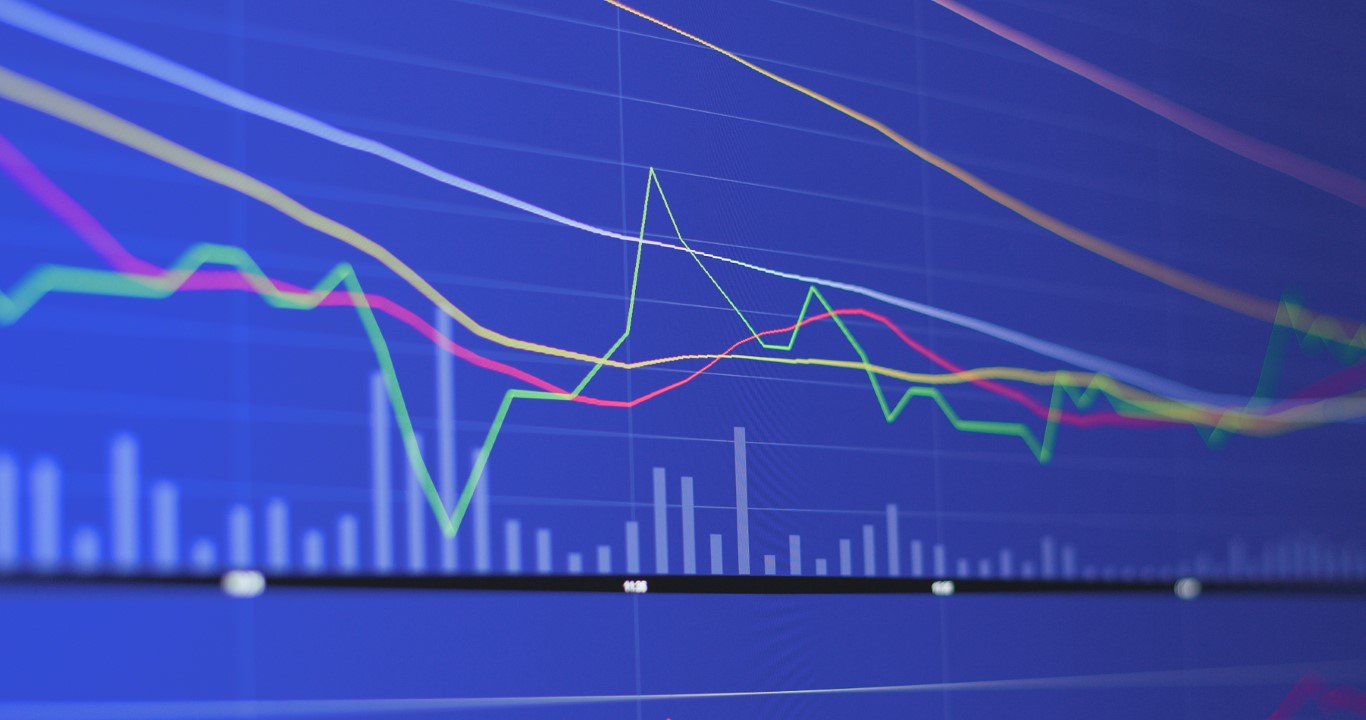From Keith Harwood, OptionHotline.com
What is implied volatility and why does it matter?
Many traders will use options with a great understanding of the direction a stock can move, but without a great understanding of what implied volatility is or means. This exposes traders to VEGA risk, which is the profit (or loss) in an options position for a 1% change in implied volatility. Every time a trader buys (or sells) an option, there are many Greek risks associated beyond the simple direction of movement, and understanding implied volatility is crucial.
So, again, what is implied volatility, and what does it really mean?
Implied volatility is the expected annual move of a stock, in percentage terms. However, options have many time frames, and many traders are more focused on what is expected to happen each day. To calculate the expected daily move, we have to do a little bit of math.
To transition from annual moves to daily moves, we have to divide the implied volatility by the square root of the number of trading days in a year. That number is very close to 16. So, if you want to know what percentage move the market is expecting to happen on an average day throughout the term of your option, just take the implied volatility of your options position and divide by 16.
For example, the VIX is around 16% right now. The VIX is an indicator of the implied volatility of the S&P 500. If the VIX is 16%, it means the options markets are pricing an annual move of 16% in the VIX, and a 1% daily move. Of course, that daily move sounds a bit large relative to the annual move, as one would think that if the market is going to move 1% each day, we should see greater than 16% per year, right?
But, the reason behind it is simple: markets have some up days, some down days, some days that it doesn’t move at all. The implied volatility of the markets is not predicting direction, but rather the average magnitude of movement over that time frame. And, it’s based upon the close-to-close price action. If a stock has a 5% range from high to low over a trading day but ends the day unchanged, then the calculation of realized volatility says that it was 0% for that day.
So, what other tools do we have to calculate the intra-day range that more clearly indicate what’s happening on a daily basis? Well, we can use ATR – the Average True Range. This tool is similar to realized volatility, but takes the full day’s range into account, and in the example above, the day’s ATR would be 5% instead of the realized volatility of 0%.
There are many tools that can be very useful to trading markets, but if you’re looking to get your feet wet, start with watching the VIX – it will tell you just how much the market is expecting the S&P 500 to move each day, once you divide it by 16, of course. And the VIX changes every day based upon how the market changes their opinion of what can or should happen next.
Please also take this chance to review how I apply technical signals to my options trades at https://optionhotline.com and if you have any questions, never hesitate to reach out.
Keith Harwood
Keith@optionhotline.com
PS–Be sure to check out the other powerful tips on our site like the Chart of the Week and Investment Corner.












Recent Comments